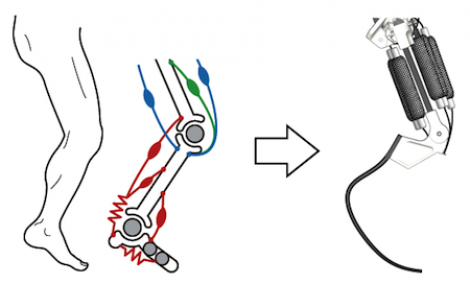In many sports, it’s important for competitors to be light on their feet, and able to react quickly to external stimuli. It all helps with getting balls in goals, and many athletes undergo reaction drills as part of their training regime. To help with this, [mblaz] set out to build a set of reaction trainers.
The training setup consists of a series of discs, each with glowing LEDs and a proximity sensor. The discs randomly light up, requiring a touch or wave to switch them off. At this point, another disc will light randomly, and so on.
The discs are built using an ATmega328 to run the show, with NRF24L01+ radios used to communicate between the modules. High brightness red LEDs are used for indication. An optical proximity sensor is used for its fast reaction time and low cost, while power comes via a small lithium polymer battery integrated into each disc.
We’re sure [mblaz] and his fellow athletes will find the rig to be useful in their training. There’s plenty of scope for electronics to help out with athletic training; this boxing trainer is a great example. If you’ve got a great sports engineering project of your own, don’t hesitate to send it in!












